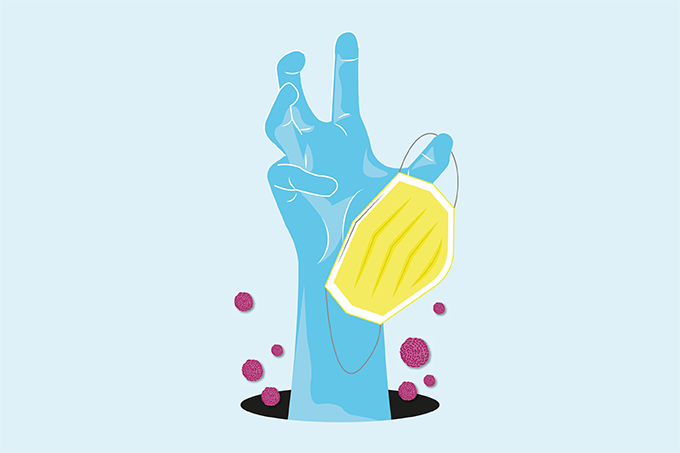So Long, (Blood) Suckers
With summer on the horizon, mosquito- and tick-borne infections start their upward climb in the US
As the northern hemisphere moves into its warmer months, ‘tis the season for mosquito- and tick-borne infections, such as West Nile virus and Lyme disease. And with climate change causing warmer weather and shorter winters, these pesky insects are coming out of the woodwork earlier than usual.
Like many infections that cause fever, fatigue, and headaches, mosquito- and tick-borne infections have some overlapping symptoms. But Andrew Handel, pediatric infectious diseases expert at Stony Brook Children’s Hospital, highlights that the flu-like symptoms from Lyme disease are “almost always accompanied by other symptoms, such as a target rash, persistent headaches, swollen joint, or facial drooping, among other symptoms.” Both infections can also infect the central nervous system (CNS), but West Nile tends to cause more severe symptoms in this area.
For West Nile virus, spotting the signs is the main diagnostic challenge that can prevent healthcare professionals from thinking of testing for it at all. “The vast majority of infected people have non-specific symptoms, so testing for West Nile virus would not typically be performed,” says Handel. “In someone with CNS symptoms, a lumbar puncture (spinal tap) is generally performed and testing can then be done, but only if the clinical team thinks to do so.”
Upon diagnosis comes another challenge. There are currently no antiviral agents for treating West Nile virus; instead, patients are treated with “supportive” measures while their immune system fights off the infection itself.
But prevention is better than cure, so it’s wise to advise the public how to keep the pests at bay. Handel offers some universal advice for protection against mosquitoes and ticks: “Wear mosquito spray (DEET 20–30 percent) when outside and consider treating clothes with permethrin solution if you’re in high-exposure areas (such as landscaping), which kills insects on contact,” he says. “We recommend wearing long sleeve pants and shirts and performing a ‘tick check’ when you return home. For mosquito prevention, we also recommend ensuring all windows have intact screens and removing any stagnant water around the house, which is where mosquitoes breed. Recognizing signs and symptoms of infection can also help make an earlier diagnosis.”
In addition to dispensing good advice, you may need to dispel “countless myths,” which may cause unnecessary anxiety – especially if people turn to Dr Google, says Handel. “The vast majority of children with Lyme disease actually respond very well to antibiotics and have no lingering symptoms following treatment,” he says.
Handel also notes that specialist treatment centers are usually a good source of information – for patients and medical providers: “The Regional Tick-Borne Disease Resource Center at Stony Brook Southampton Hospital (1), for example, helps educates the public – and promotes collaboration and educational opportunities within the medical community.”
Spring is upon us and summer is fast approaching. Go forth and enjoy the sun, but stay vigilant of those with a thirst for blood.
Reference
- Stony Brook Southampton Hospital, “Regional Tick-Borne Disease Resource Center” (2023). Available at: bit.ly/3nszbsJ.






